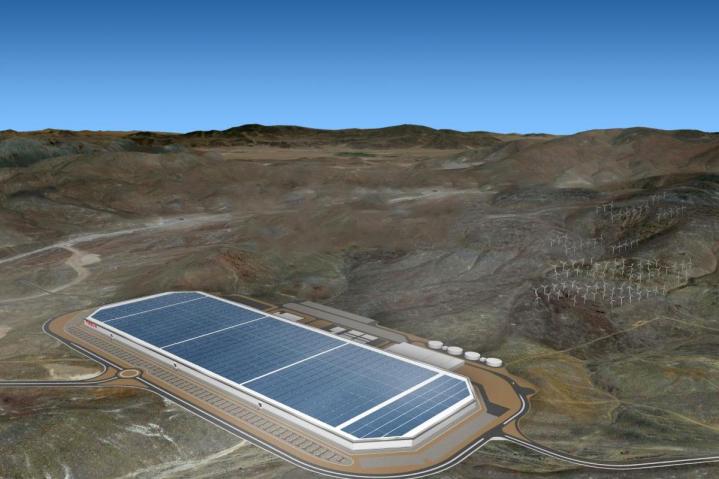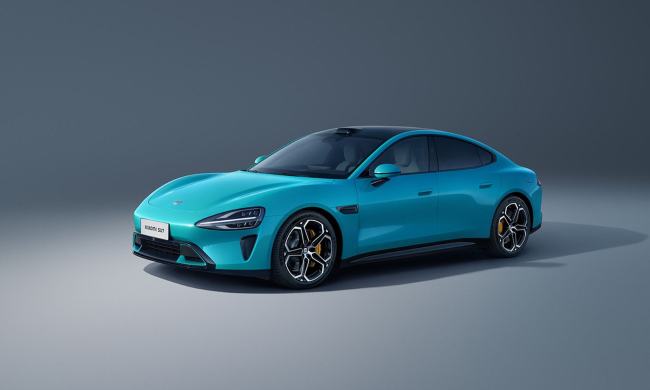
While there has been some successful video surveillance by drones, Tesla doesn’t allow photographers onto the site. Commercial photographer James Lipman managed to finagle his way onto the property, and posted a few shots on his Instagram account (via Business Insider). They indicate that Tesla is making progress, but that there is still work to be done.
An exterior photo shows some of Tesla’s Supercharger DC fast-charging stations installed on “Electric Avenue,” with the incomplete structure of what is presumably the main factory building in the background. There’s also a minimalist waiting room with a giant Tesla logo on the wall, along with the name “Gigafactory 1.” Tesla has said this factory won’t be only one of its kind, although it hasn’t broken ground at any additional sites.
When it’s completed, the Gigafactory is expected to be the world’s second largest building by volume. The entire project will carry an estimated price tag of $5 billion, some of which will be covered by Panasonic, which is partnering with Tesla on the Gigafactory venture. Panasonic currently supplies batteries for Tesla’s electric cars, and will help oversee battery production.
The main objective of the Gigafactory is to provide the economy of scale needed to make Tesla’s upcoming Model 3 electric car viable at a $35,000 price point. The Model 3 will be a sedan smaller than the current Model S, with a range of 200 miles. That’s only 30 miles less than the least-expensive Model S, but at half the price. The higher-volume Model 3 will be crucial in meeting Tesla’s goal of selling 500,000 cars per year by 2020.
Tesla plans to unveil the Model 3 in March, and will begin taking orders at that time. Production isn’t set to start until 2017, though, and the Gigafactory will have to be running at full steam by then. But given Tesla’s record of missing its own deadlines for car launches, don’t be surprised if the Model 3 arrives a little late.

